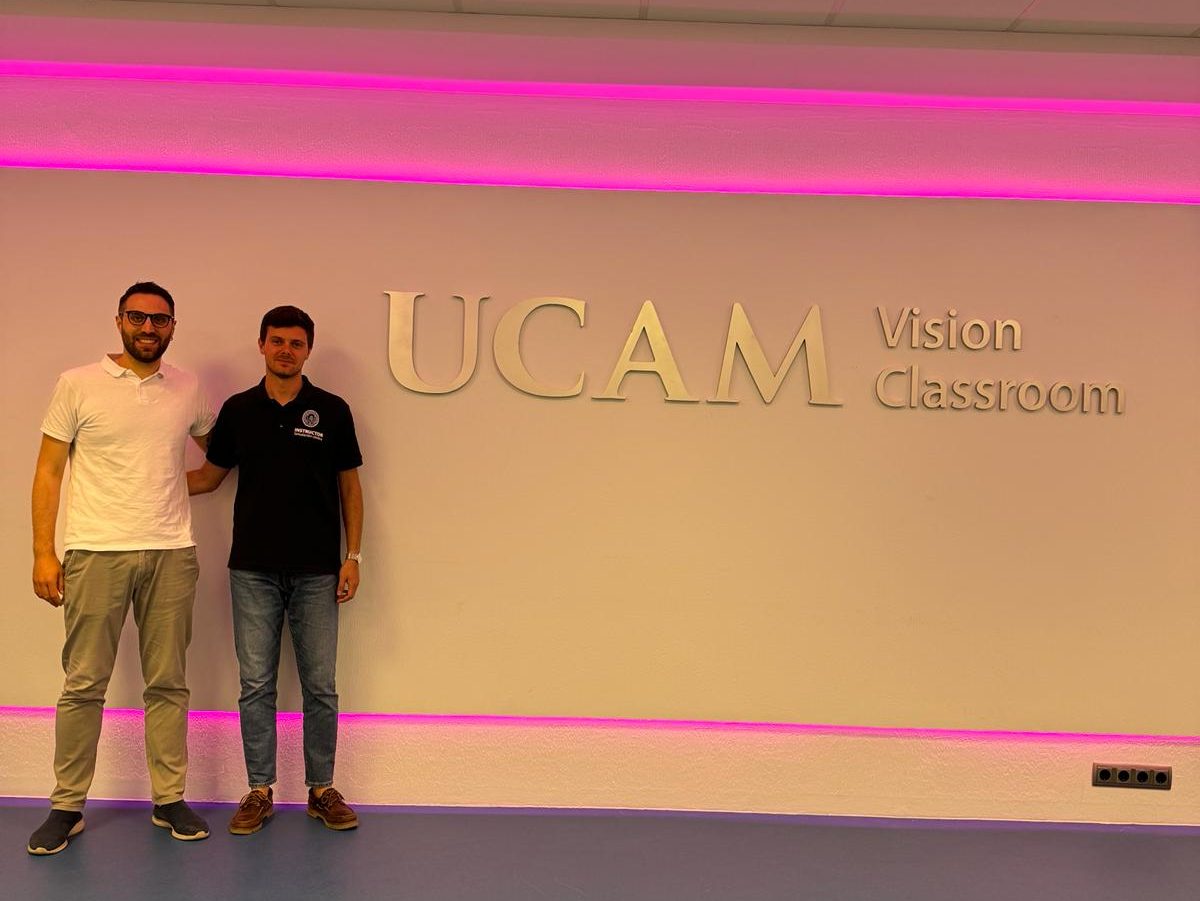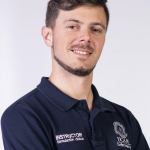Clinical simulations using immersive virtual technologies are the present and the future of education, including basic education in nursing. These new technologies create safe and inclusive learning environments that can adapt to the needs of educators and learners at any latitude. The article tells how simulation and emerging VR/XR technologies are being used in healthcare education at the Universidad Católica San Antonio de Murcia.
VR/XR IN HEALTHCARE TRAINING: BACKGROUND
Simulation is a teaching methodology applicable to different professions and health disciplines. The training contexts of healthcare professionals require psychological safety, learning from mistakes and non-technical crisis management 8. In healthcare training, simulation uses scenarios with standardised patients to assess technical and non-technical skills. Psychological fidelity, where the learner perceives the simulation as a credible surrogate, is crucial 2.
Emerging technologies, such as virtual reality and mixed reality (VR/XR), bridge the gap between theory and practice, facilitating interprofessional learning and increasing digital literacy 5-6-7. These technologies provide a safe environment for feedback and self-correction, allowing learners to achieve their learning objectives without real risks 1. VR/XR can replicate dangerous situations and allow learning from mistakes without real consequences. Furthermore, they promote homogeneity and transferability nationally and internationally 3.
Studies show that VR/XR increase users’ satisfaction, operational efficiency, motivation and self-confidence. VR simulation sessions, in particular, significantly increase self-confidence 4-9.
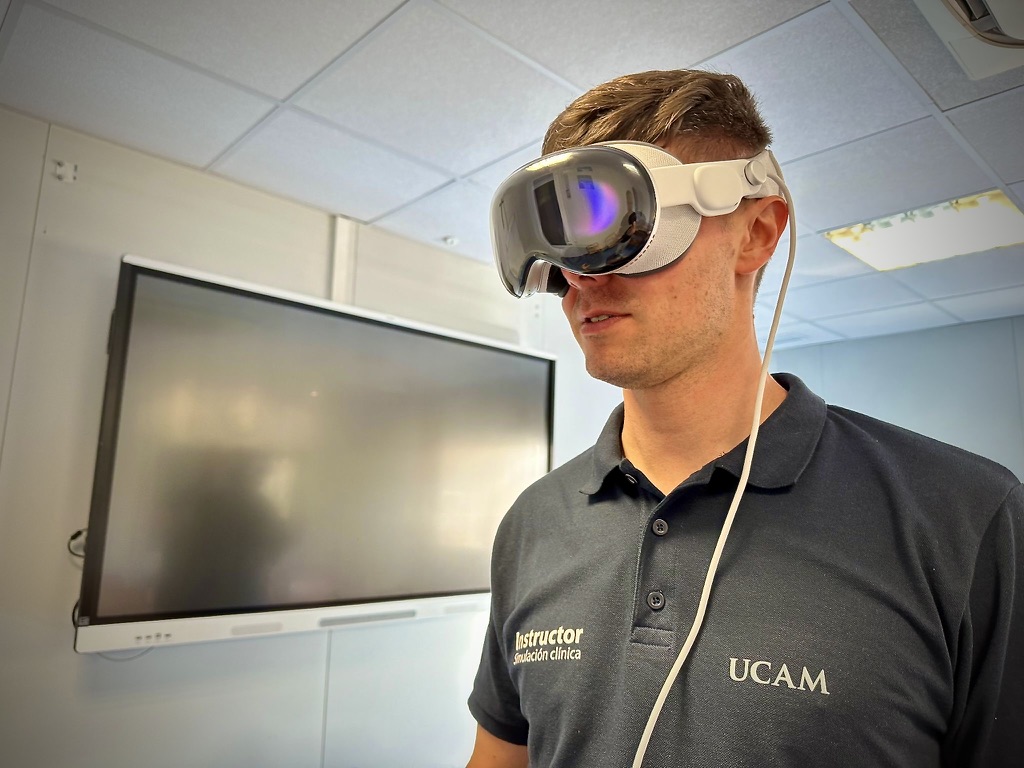
A CLINICAL SIMULATION TRAINING EXPERIENCE IN UCAM: RESOURCES AND ORGANISATION
As part of an exchange experience at the Universidad Católica San Antonio de Murcia (UCAM), I had the opportunity to explore the application of technology in nursing simulation. During my stay, I appreciated the University’s infrastructure, in particular a hall dedicated entirely to simulations with precisely structured classrooms:
- Briefing/debriefing room: equipped with an interactive whiteboard-screen connected by video with the simulation room and the ‘control room’.
- Control room: with float glass to observe without being seen, equipped with advanced hardware and software to manage training scenarios and save recordings for analysis.
- Simulation room: with variable settings as required, equipped with beds, interchangeable manikins, trolleys, monitors and other medical equipment.
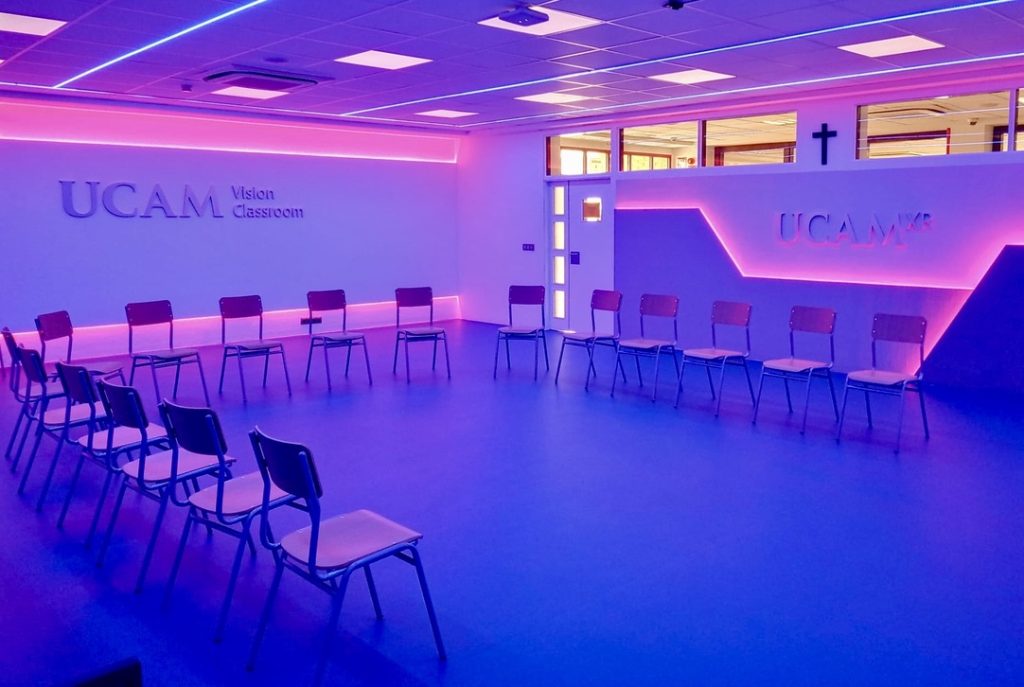
The UCAM Faculty of Nursing also has space for clinical surgical and home simulations and a teaching ambulance in an area with cars and motorbikes for realistic scenarios. Human resources are crucial, with over 40 clinical simulation instructors running the simulation over the four years of the university. Simulation at UCAM is part of the internship hours. Each placement period (called Practicum) includes a specific amount of simulation hours. For example, Practicum V (last Practicum of the final year, with a total of almost 500 hours) includes 52 hours of simulation distributed in 13 sessions of 4 hours each. In order to run small simulation groups, the students are divided into subgroups of a maximum of 15-16 persons coordinated by a simulation instructor.
VR/XR IN NURSING EDUCATION IN UCAM
Since the academic year 2023-2024, the UCAM Faculty of Nursing has started a pilot training project with VR for final-year students, which is included in Practicum V. All students participated in two VR sessions out of a total of 13. The first session was dedicated to familiarising themselves with the methodology and the necessary material, while the second session focused on training with triage in maxi-emergency situations (START). The material used had been previously created by a university research group and UCAM’s VR technicians, and they had a multimedia classroom dedicated to the project.
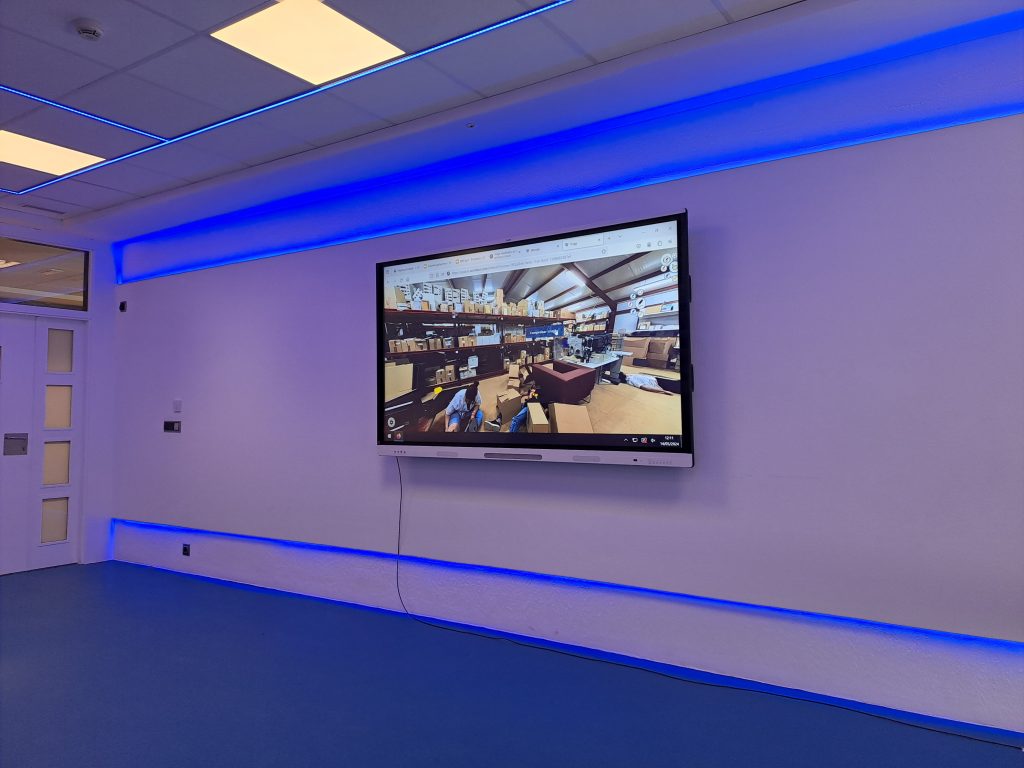
Two progressive scenarios were used in the second session:
- Digital immersive scenario: Set near a collapsed building with victims to be rescued, each victim had descriptive and visual characteristics. The objective was to colour-code the priority based on international protocols. Teachers could interact live by adding events such as explosions to train the safety of rescuers.
- 360º interactive video: recorded beforehand with student-actors and expert make-up artists, it depicted different clinical situations with visible signs and symptoms. The objective was to correctly assign the colour code in real time, with scenarios increasing in difficulty by including more patients, external distractions and less time to complete the triage.
At the end of each experience, a structured debriefing was conducted and coordinated by the simulation instructor, being the most important learning moment. In this phase, the students’ results were analysed, the scenarios were reviewed by assigning the correct colour code and a constructive discussion on both health and technological improvement aspects was carried out.
From the description of the following scenarios with VR/XR some considerations emerged that were shared with the lecturer, the VR technician and the students:
- Immersiveness and Involvement: These technologies are highly immersive and allow working on different training objectives.
- Homogeneity and Standardisation: Scenarios can be reproduced for a large sample of students ensuring uniformity and standardisation.
- Optimisation of Resources: The reproducibility of scenarios with VR/XR enables optimisation of work, reducing the repeated investment of resources compared to traditional simulations.
- Integration with Traditional Methodologies: These technologies reach their full potential when integrated with traditional lessons and simulations.
- Safe Environment for Learning: Students felt safe and non-judged, free to make mistakes.
- Duration of Simulations: VR simulations did not exceed 15 minutes due to the weight of the hardware and the sensory stress that could result.
In conclusion, VR/XR technologies have great potential in enhancing teaching and learning by enabling the simultaneous training of many students. Despite the complexity in creating VR/XR content, these technologies promote national and international homogenisation, effectively preparing healthcare personnel for challenging real-world scenarios.
REFERENCES
1 – Aebersold M. Simulation based learning: no longer a novelty in undergraduate education (2018) The Online Journal of Issues in Nursing, 23(1). doi:10.3912/OJIN.Vol23-No02PPT39
2 – Burford B., Grieg P., Kelleher M., Merriman C., Platt A., Richards E., Vance G. Interprofessional simulation as an enhancement of psychological fidelity: A focus group study of medical and nursing students (2023) Health Science Reports, 6(5), e1237
3 – Chang Y. M. Lai C. L. Exploring the experiences of nursing students in using immersive virtual reality to learn nursing skills (2021) Nurse Education. Today, 97, 104670. doi:10.1016/j.nedt.2020.104670
4 – Davis A. Virtual reality simulation: an innovative teaching tool for dietetics experiential education (2015) Open Nutrition Journal, 9 (Suppl1-M8), 65–75
5 – Foronda C., Shubeck K., Swoboda S.M., Hudson K.W., Budhathoki C., Sullivan N., Hu X. Impact of virtual simulation to teach concepts of disaster triage (2016) Clinical Simulation in Nursing, 12(4), 137–144
6 – Kalisch B. J., Aebersold M., McLaughlin M., Tschannen D., Lane S. An intervention to improve nursing team work using virtual simulation (2015) Western Journal of Nursing Research, 37(2),164–179
7 – Lim G. McIvor W.R. Simulation based anaesthesiology education for medical student (2015) International Anesthesiology Clinics, 53(4), 1–22
8 – Ministero della Salute Linee di indirizzo sullo sviluppo della simulazione in sanità in Italia (2022) [Disponibile in: https://www.salute.gov.it/imgs/C_17_pubblicazioni_3268_allegato.pdf]
9 – Sultan L., Abuznadah W., Al-Jfree H., Khan M., Alsaywid B, Ashour F. An experimental study on usefulness of virtual reality 360° in undergraduate medical education (2019) Advances in Medical Education and Practice, 10, 907–916
READ ALSO



